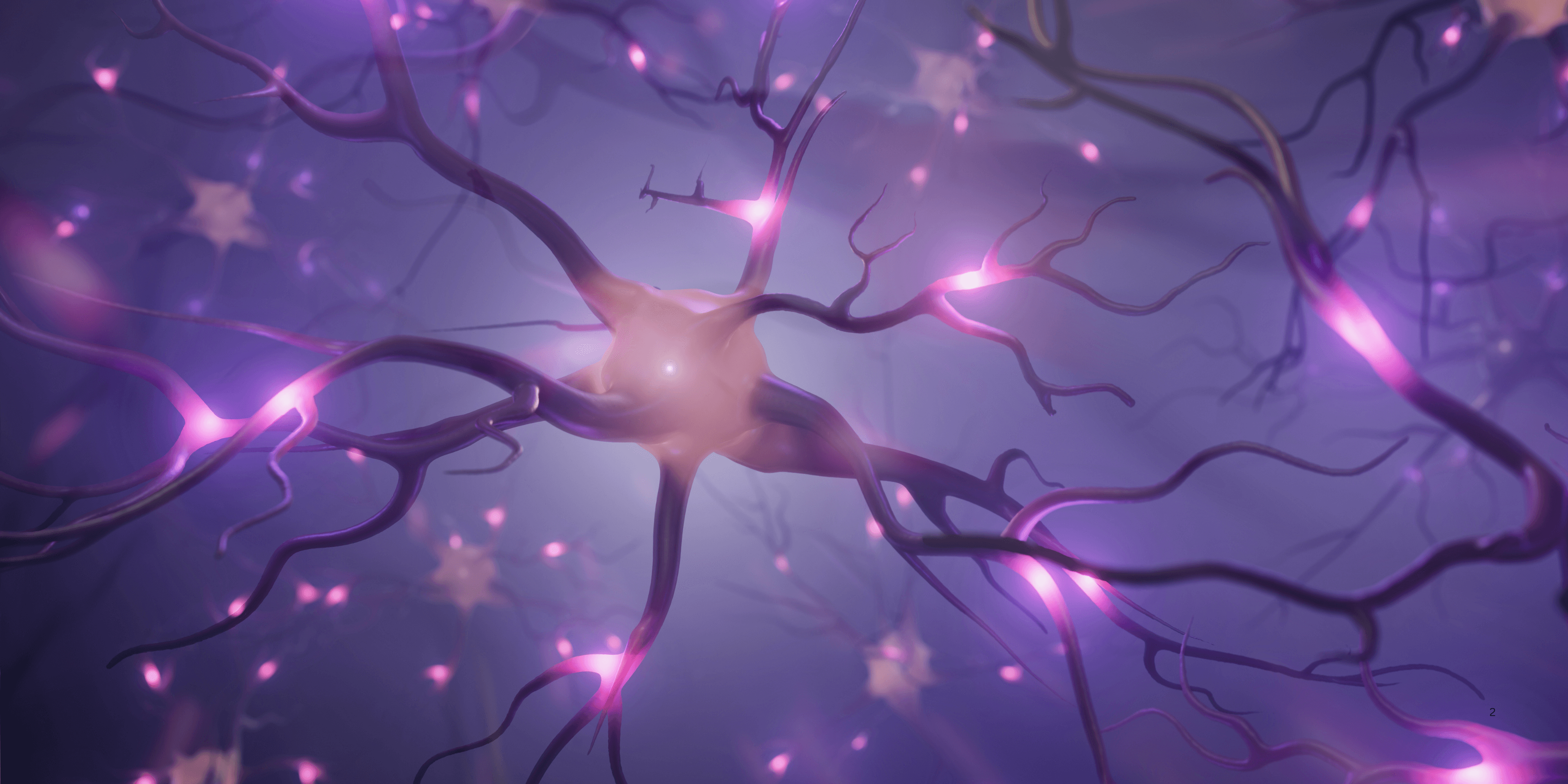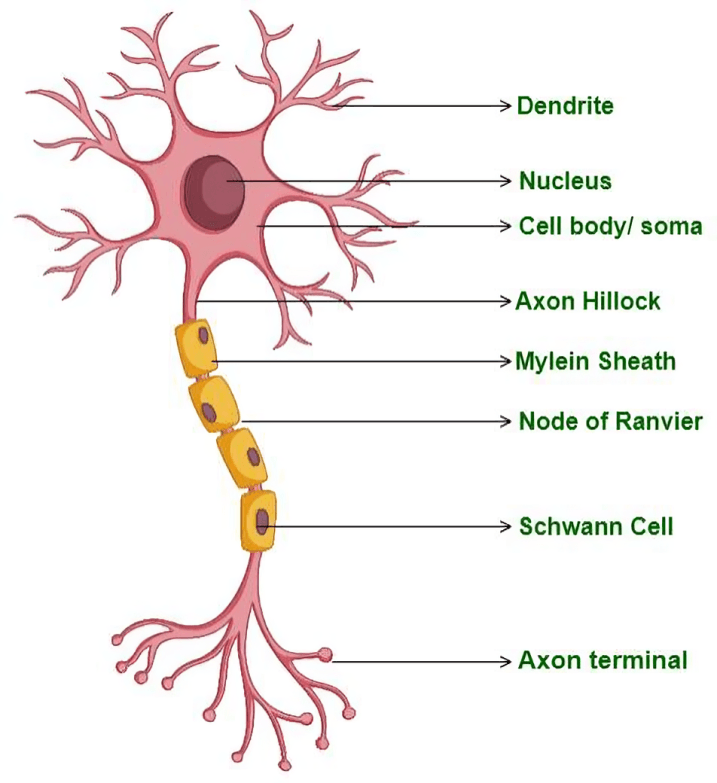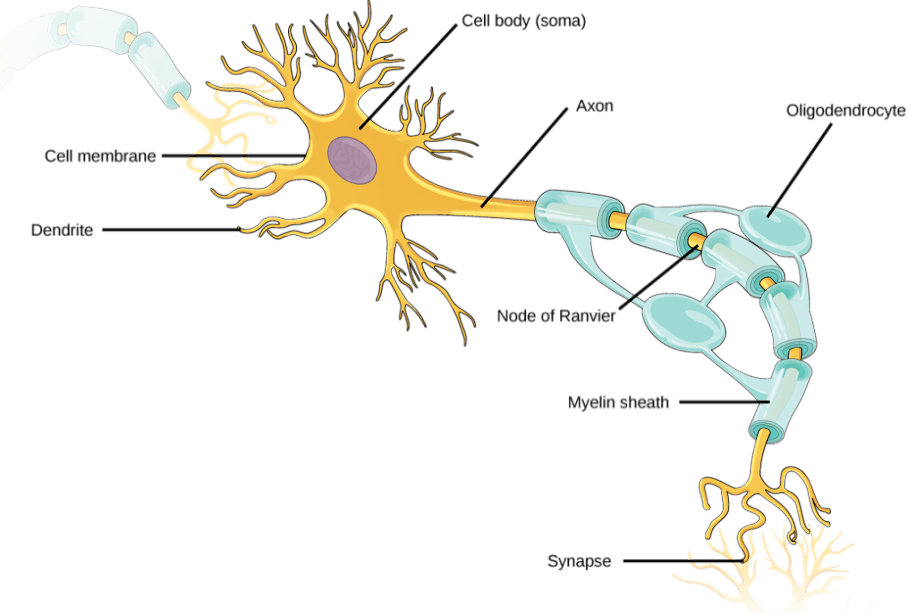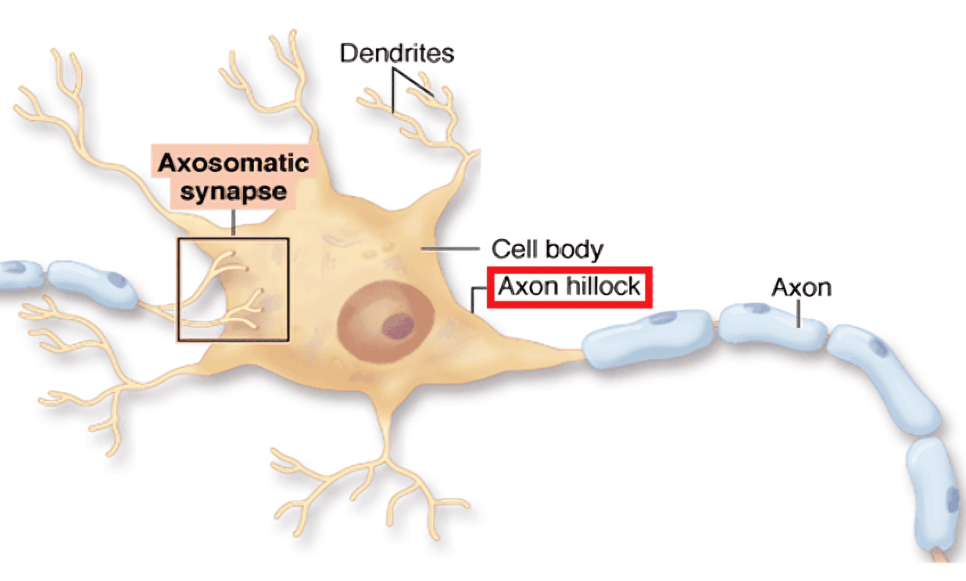
“
The Structure of a Neuron (Dendrites, Axon, Soma) defines the foundation of how our brain processes information. Neurons are the basic units of the nervous system, communicating through precise electrical and chemical signals. Each part—dendrites, axon, and soma—performs a specific role that ensures accurate and rapid transmission. 1
1
1
1
”
The Persian philosopher and physician Avicenna observed that nerves transmit signals like flowing water, a theory surprisingly close to how dendrites and axons guide electrical impulses across the nervous system. 1
Neurons possess a unique structure: dendrites collect signals, the soma integrates them, and the axon transmits the message away, forming a continuous relay line in neural communication.2

Dendrites are tree-like extensions branching from the soma, increasing the surface area available to receive signals from neighboring neurons through specialized connections called synapses.
The soma, or cell body, houses the nucleus and critical organelles that maintain the neuron's health and energy production, functioning as the control center of the entire neuron. 3
Axons are long, slender projections that carry electrical impulses from the soma to other neurons or muscles, often covered with a myelin sheath to boost the speed of transmission. 4
A neuron's axon can extend over a meter in length, especially in motor neurons, showing how electrical messages can travel vast distances within the human body to control movements. 5
Dendrites aren't passive; they also possess voltage-gated channels, meaning they can actively participate in processing and shaping incoming signals before they're sent to the soma.6
The soma uses all incoming signals to decide if a threshold is met to fire an action potential—an all-or-nothing event that sends a message down the axon.7
At the end of the axon are axon terminals, which contain neurotransmitters stored in vesicles that release chemical signals across the synaptic gap to other neurons or target cells. 8

Axons often branch into multiple terminals, allowing a single neuron to communicate with many others, expanding its influence across different brain regions or bodily organs.
Myelin sheaths, formed by glial cells like Schwann cells or oligodendrocytes, insulate axons and enable saltatory conduction, where signals jump between gaps for faster communication. 9
Damage to the myelin sheath, like in multiple sclerosis, disrupts signal transmission and can lead to serious impairments in movement, sensation, and cognition. 10
The structure of dendrites is dynamic—they can grow, retract, and change their branching patterns based on learning, making them essential for memory and brain plasticity. 11
Neurons don’t divide like other cells; the soma must maintain and repair the cell for its lifetime, which is why damage to neurons can be permanent or very slow to heal. 12
Axon terminals connect with dendritic spines—tiny protrusions on dendrites—where synaptic input is often received, making this contact area vital for signal precision and strength. 13

The initial segment of the axon, known as the axon hillock, is where action potentials are typically initiated due to its high concentration of sodium channels.
Synaptic strength and dendritic complexity vary by brain region; for example, neurons in the hippocampus often have more elaborate dendritic trees for processing memory-related information.14
Some neurons, like pyramidal cells in the cerebral cortex, feature both basal and apical dendrites, allowing them to integrate signals from multiple sources and directions. 15
Neurons use both electrical (action potentials) and chemical (neurotransmitters) methods to communicate, a process made possible by the distinct but cooperative roles of dendrites, axons, and soma. 16
Santiago Ramón y Cajal, the father of modern neuroscience, was the first to accurately describe the separate structure of neurons, distinguishing the dendrites, soma, and axon through meticulous staining.17


